Planting and caring for sedum outdoors
Growing sedum outdoors is very easy: with proper planting, minimal maintenance is required. The picky flower will decorate the garden from spring until the end of the growing season.
Flower description
Sedum (stonecrop) is an unpretentious succulent of the Tolstyankov family. The average height of the flower is from 20 to 60 cm. The plant has dense and fleshy oblong leaves. Most of the plants are green-leaved, but there are varieties of other flowers. In spring, white, yellow, red, blue, greenish or pink star-shaped flowers appear on the tops of young shoots. The stem is straight, there are ground cover and even spherical varieties.
Varieties and types
There are more than 500 one-, two- and perennial sedum species and hybrids. They differ in size, color of flowers and leaves, and growth rates.
- Acrid sedum - usually a tiny plant about 5 cm high with bright yellow leaves, there are varieties of different sizes and colors. It is often used in landscaping, growing between tiles on paths and next to stone compositions. The variety has an amazing ability to release into the environment special substances that repel garden pests and inhibit the development of neighboring ornamental plants or weeds. The sap of this stonecrop is very caustic and can cause wounds on the skin.
- False sedum creeping stems with purple-red leaves; pinkish-red flowers appear in summer. It is a perennial that grows naturally on rocks and alpine meadows. False sedum forms a dense rug and grows rapidly. Prefers poor soil, does not like fertilizers.
- Sedum prominent - a tall flower with a straight stem and green leaves with a bluish tint. The flowering period is September, the duration is just over a month.
- Beautiful sedum - an unusual plant with flowers in the form of a starfish.
- Sedum white - ground cover flower up to 10 cm in height, its dense vegetation can displace other plants from the site. During flowering (from June to September), numerous white inflorescences rise above the carpet of leaves to a height of 12-15 cm. In autumn, the foliage turns slightly purple.
- Sedum majestic - the most popular variety with straight shoots about 40 cm tall and light green leaves.
- Sedum telefium - perennial up to 50 cm high. There are many popular varieties of this species.
- Purple sedum not only has a high decorative effect, but also has medicinal properties. It stimulates metabolism and repairs tissue. Contains tannins, calcium salts and organic acids. A gruel from the leaves of this flower is applied to purulent wounds and burns, and wounds and ulcers are treated with tinctures.
- Unpretentious stonecrop of Lydia - a ground cover plant with a grayish tint of leaves and pink flowers. In the sun the foliage takes on a pinkish “tan”.
- Evers' sedum - unpretentious shrub. On woody stems, glaucous oval leaves.
Among the variety of species, varieties and hybrids of sedum, you can find plants that are radically different in appearance and care requirements.
Reproduction
The flower is propagated in three main ways.
- Seeds.
Sedums grown from seeds begin to bloom in the 2-3rd year of life.
In the south, sowing is carried out in open ground, when the threat of return frosts has passed. In colder regions, seedlings are pre-grown in March-April.
- Peat is added to fertile land in a 1: 1 ratio.
- The seeds are spread over the surface of the moistened soil and then lightly pressed into the ground.
- Sprinkle a little sand on top, then cover the planting with glass or plastic wrap.
- Stratification is carried out: the container is transferred to a room with a temperature of about +5 degrees for about a week. Air regularly and watered a little.
- After two weeks, the stratification is completed. The container with crops is transferred to a warm place with a temperature of about +20 degrees.
The first shoots of small stonecrops appear 2-4 weeks after sowing. The time depends on the variety and cultivation characteristics. When young flowers have two true leaves, they dive. The procedure is carried out carefully: the stems of the sedum are very fragile and break easily.
You can sow seeds in pots in late autumn and dig them in the garden. In April, they are brought into a room with a temperature of +20 degrees, then the technology that was used in the first case is repeated.
Sedum is tempered before moving to the garden, gradually accustoming it to fresh air and daily temperature changes.
If different species and varieties of sedium are grown nearby, then cross-pollination occurs. The seeds obtained from such plants lose their varietal properties.
- By cuttings.
Many sedum varieties are easily propagated by cuttings. At the beginning of the growing season, before flowering, the upper parts of the stem are cut. Choose healthy and strong branches about 10 cm long. Remove a couple of lower leaves and place in light soil. One or two internodes should be in the ground. Young bushes are covered with foil. They are watered and aired in a timely manner, and the soil is loosened. If there were aerial roots on the cuttings, then there is no need to additionally cover with foil. Young plants develop a good root system 3 to 4 weeks after transplanting. After that, they are planted in a permanent growing place.
- By dividing the bush.
This propagation method is often used for plant rejuvenation. An overgrown large 4–5-year-old bush is dug up and cleared of soil. Use sharp garden shears or pruning shears to remove damaged and rotten parts of the roots and stem. The plant is divided, keeping part of the roots with buds and stems on each division. The resulting young specimens are dried for about 5-6 hours in a shaded place, and then planted.
How to plant sedum correctly?
Planting young plants in open ground is carried out in the spring, when there is no danger in the form of night frosts. You must first prepare a place for plants. The site is dug up, weeds are removed and the soil is leveled. If necessary, add sand, leaf humus or high moor peat. In areas with high groundwater, drainage is made from fine pebbles or coarse sand. Stonecrops have roots close to the surface of the soil, so the depth of the holes should be no more than 20 cm. The distance between adjacent specimens is about 20-25 cm. After planting, the plants are watered.
To create colorful flower arrangements, you can plant sedum in open ground from May to mid-September. It is not recommended to plant later, since the flower will not have time to form a strong root system before frost and can poorly endure wintering.
Growing features
As a rule, sedum is an unpretentious flower. Stonecrops are considered demanding, which are created by breeders as a result of cross-pollination of different species.
Simple tips will help you grow a beautiful and healthy plant.
- Sedum prefers moisture-permeable soil with a small amount of humus or compost. In areas with heavy soil, a little sand or fine gravel is added to the ground.
- The best place to plant is open and sunny, you can place sedum in partial shade. In the shade of large bushes and trees, the sedum stretches, loses the bright color of the leaves. When grown in areas that are too shaded, the plant is sick and may die.Some varieties have their own lighting requirements. For example, victorious sedums do not like bright sun and may even die from intense direct rays. Sedum prominent and three-leaved in the shade grow well.
- Sedum is a drought-resistant flower. The soil should dry out completely between waterings. Spraying sedum doesn't like it. With excessive moisture, the root system and stems with leaves can rot. During frequent rains, the flower is not watered. In mid-latitudes, 1-2 irrigations are usually sufficient for the entire growing season. It is held in the morning or evening hours. After watering, be sure to loosen the soil to ensure the flow of air to the underground part of the flower. The roots are close to the surface of the earth, so the work is carried out carefully.
- Regularly removing weeds in the sedum area is part of plant maintenance. It should be borne in mind that sedum is a very fragile flower. With careless work, its stems break off easily. Erect species are especially prone to this. Very tall plants are recommended to be tied to supports or planted near fences.
- Dried flowers are removed from a faded plant - in this case, new buds are laid faster and the sedum rejuvenates.
- The flower is examined regularly. To preserve the decorative appearance, damaged and dry parts, rotten shoots and leaves are removed in time.
Over time, the lower part of the plant is exposed and it loses its attractiveness. Sedum is recommended to be renewed every 3-4 years. On variegated varieties, stems with green leaves sometimes appear - they are also removed. If this is not done, then over time, the entire plant can become green-leaved, since such branches are stronger.
Fertilizer
Large flowering species are fertilized a couple of times a season using complex additives. Ground cover varieties do not need to be fed additionally. When mineral fertilizers are applied, the decorativeness of the leaves decreases in most stonecrops.
With regular fertilization, sedum grows well, forms a bulky leaf mass, but blooms poorly. Flower buds are formed in large numbers when the soil is low in nutrients. This feature of the flower is actively used by planting it on stony and depleted soils.
An excess of fertilizer reduces the frost resistance of stonecrop and can lead to its death even in relatively mild winter weather. Overfed specimens are more likely to suffer from fungal diseases and pests.
Diseases and pests
With excessive watering or frequent lingering rains, sedum can suffer from fungal infection. Rot appears on different parts of the diseased plant, the stem loses its elasticity and darkens. For treatment, the site is treated with a fungicide, the stonecrops that have been severely affected by the fungus are removed from the plantings and burned.
The fleshy leaves and stems of sedum rarely attract pests. Sometimes weevils, aphids, thrips or caterpillars can be found on them. The larvae of this sawfly love to feast on the wide leaves of some types of sedum, for example, stonecrop.
To rescue from a pest, cabbage or lettuce leaves are placed near a flower bed with plants. They are lightly crushed and covered with boards or slate. From time to time, they collect and destroy trapped lovers of delicious food.
In case of severe damage to the flower, they are treated with an insecticide. Do not exceed the concentration of the drug during work, so as not to cause a chemical burn on the leaves of the sedum.
Sedum in winter
With the arrival of cold weather, sedum gradually loses its foliage. To protect it from bad weather, the plant is lightly sprinkled with loose soil before frost - this will help it to winter well. In areas with decorative alpine slides, the flower can be sprinkled with a thin layer of sand or gravel. Such a procedure not only saves plantings from freezing, but also helps new shoots and roots to develop in the spring.
Tall sedum varieties must be pruned before the first frost. Leave about 3 cm of the ground part of the plant. Damaged and rotten stems are also cut. Sometimes long shoots are not harvested until spring in order to admire them longer. In this case, pruning is carried out in the spring.
Sedum in landscape design
The simple and effective plant is used outdoors to create curbs, alpine slides and garden paths. Usually, low varieties are chosen for these purposes. Different types of flower go well both with each other and with other plants. It is possible to create a spectacular composition consisting only of sedums of various sizes, colors and shapes.
Ground cover varieties of stonecrop form a dense above-ground cover. This is a kind of lawn that does not require mowing. You cannot walk on such "grass", but you can just admire the juicy blanket.
Tall forms of sedum are sometimes placed near decorative supports to prevent them from breaking in strong gusts of wind or rain. For these purposes, use special garden decorations or materials at hand: car tires, decorative buckets, animal figurines.
In autumn, most of the plants in the flowerbed lose their decorative appearance. But sedum during this period looks very attractive, creating bright zones on the flower garden. Some evergreen varieties of the flower look beautiful in the winter.
Sedum is a great choice for both the experienced grower and the beginner. The variety of varieties, hybrids and species of this plant gives room for imagination. You can find a flower that is perfect for any landscape solution and will suit personal preferences.


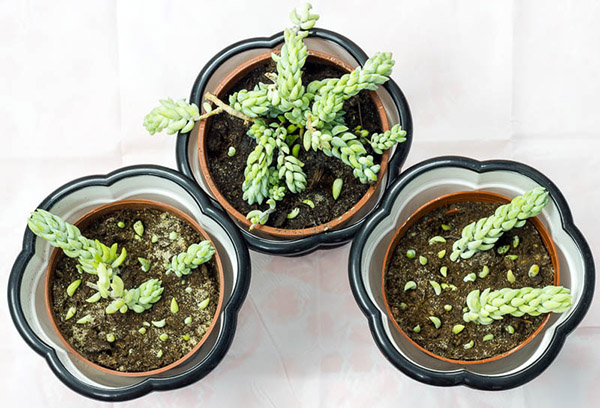
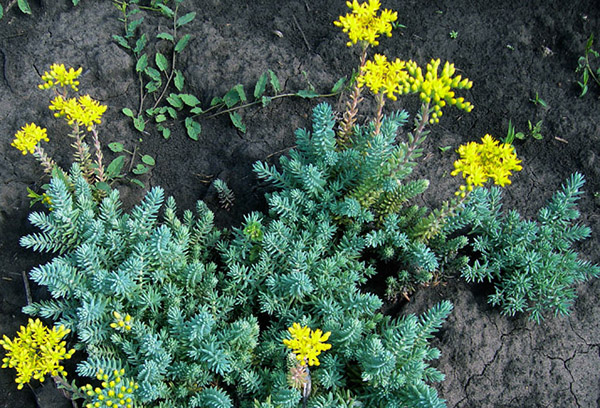
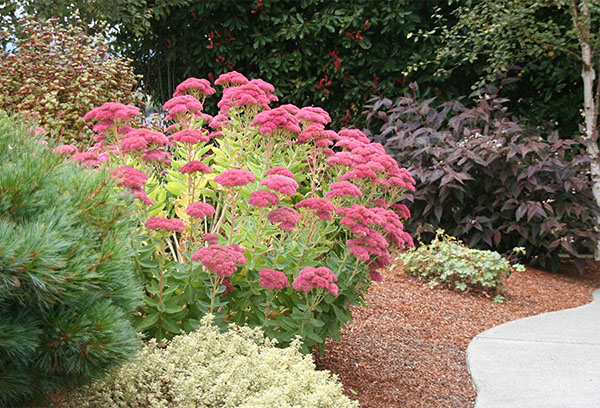

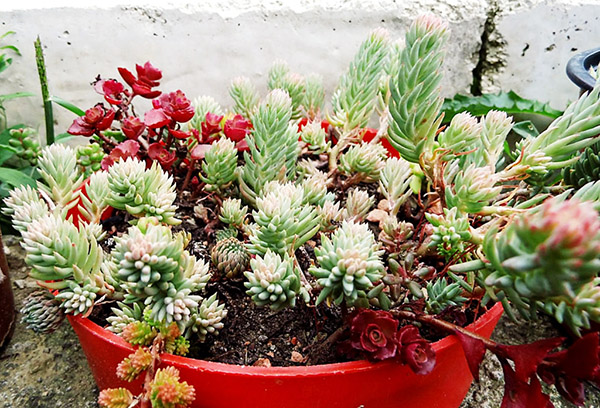
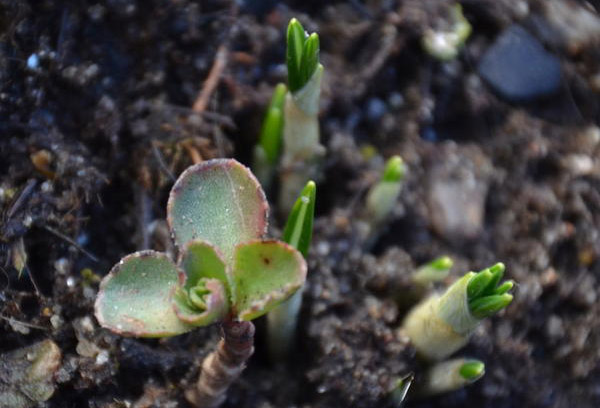
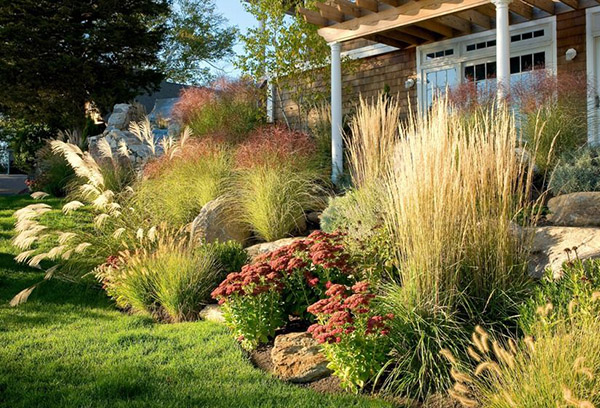
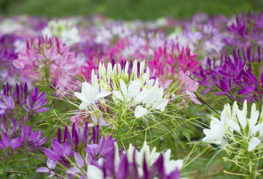
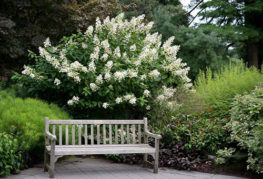

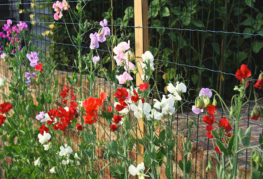
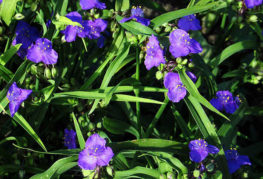
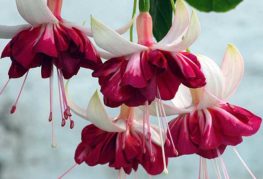
and will be published shortly.